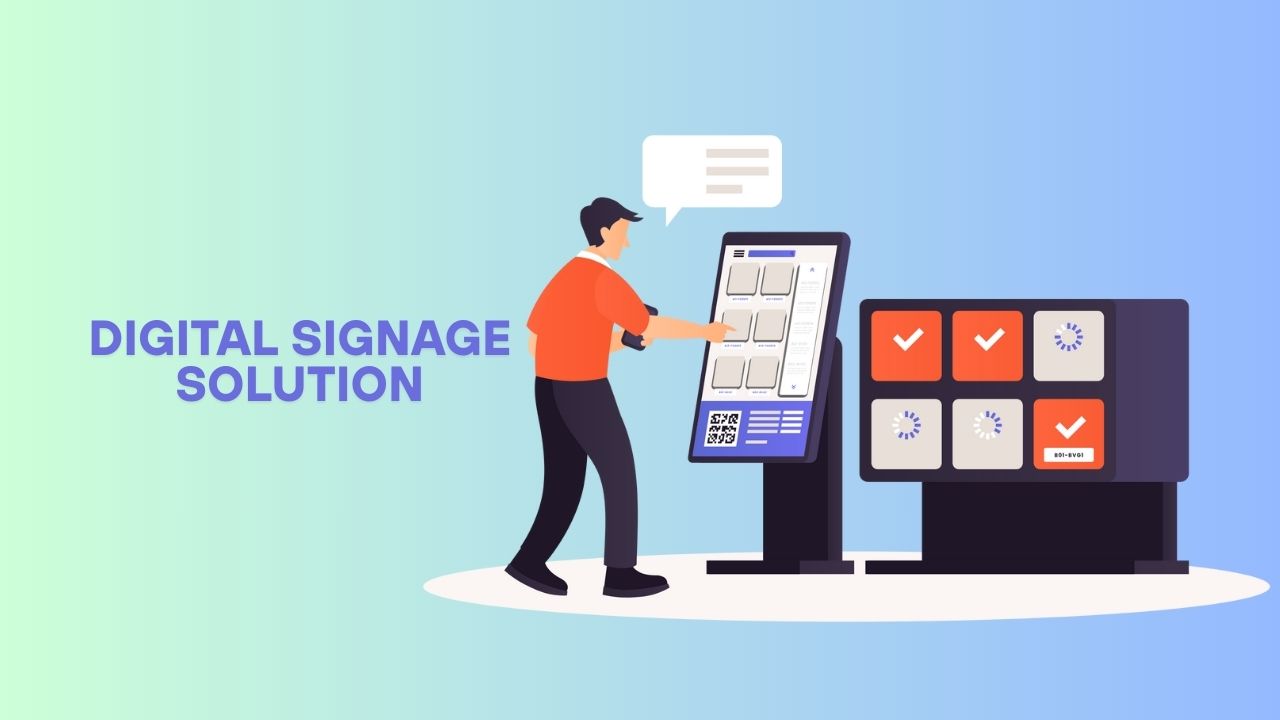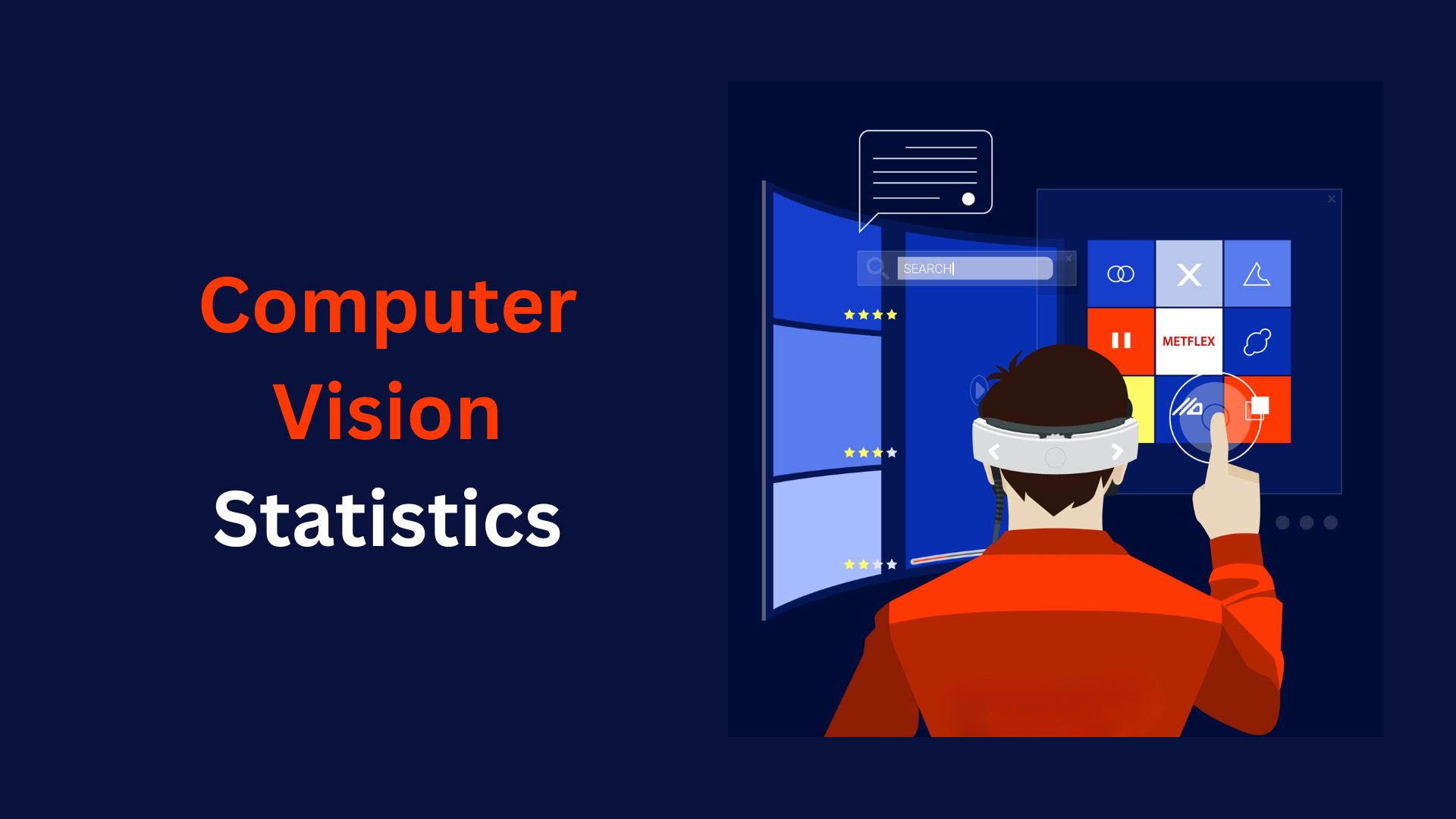Power and Mounting Basics for Any Digital Signage Solution
Updated · Nov 24, 2025

Table of Contents
- Understanding Power Requirements
- Power Distribution Planning
- Backup Power Solutions
- Cable Management for Power
- Environmental Considerations for Power
- Selecting the Right Mounting Option
- Assessing Wall and Surface Strength
- Mounting Height and Viewing Angles
- Cable Management for Mounting
- Safety and Compliance Measures
- Ongoing Maintenance Tips
- Conclusion
Digital signs have changed the way organizations convey their messages and interact with audiences. There are two basic elements on which successful displays depend: power and how they are mounted. Grasping these concepts can help you make sure your signage project has reliable, long-lasting performance. The following guide covers what every installer/manager needs to know about powering and placing your digital displays.
Understanding Power Requirements
Whatever the size or resolution, any screen requires a solid power supply. Choosing the correct voltage and current for your device will prevent the digital signage solution from malfunctioning or being damaged. Monitors run on both AC and DC or by an AC-to-DC converter. Get knowledge about the specification from the manufacturer before installation. Surge protection can help prevent appliances from electrical surges.
Power Distribution Planning
Managing multiple screens in one zone requires organized power circulation. Though simple in theory, extension cords can present dangers and complications, such as voltage drops. Dedicated electrical circuits are more dependable for large installations. Asking for more outlets can be really handy during upgrades. Keep a distance from the main panel to avoid power loss.
Backup Power Solutions
Digital signage uses electricity. Therefore, any interruptions in electricity disrupt the performance of digital signage. Battery backups, or uninterruptible power supplies, offer interim, short-term support in case of outages. These tools maintain the screen’s functionality and prevent the loss of contents. We may need backup generators for critical environments. Make sure to regularly test these backup systems to ensure they continue functioning reliably.
Cable Management for Power
Unorganized power cables are risky and don’t look professional. To keep your cords organized and to not accidentally disconnect them, cable organizer comes in handy. Wiring hidden under a slotted wall or furniture can give a beautiful finish. Use labeled ties to distinguish between power and data lines. This procedure makes maintaining and troubleshooting easier.
Environmental Considerations for Power
Environmental factors also affect the performance of power systems for digital signage. Any malfunction there increases the threat of a power grid collapse. Proper ventilation or climate control within display enclosures can extend the longevity of your equipment. Make sure your power systems stay dry to prevent electrical shorts or corrosion. In public or commercial settings, be sure to comply with safety standards.
Selecting the Right Mounting Option
Screens must be securely mounted for safety and aesthetics. Wall brackets save space and keep your floor free. In spaces where there is not enough wall space, ceiling mounts perform perfectly fine. Freestanding kiosks are also relatively easy to install temporarily. Use correctly rated mounting hardware for the display weight and size.
Assessing Wall and Surface Strength
Digital signage hardware must be supported with mounting surfaces. If your walls are too thin, you might want to fill them up before fitting. those built solid with concrete, brick, and wooden studs work more effectively. This might consist of wall anchors or specialty fasteners to keep it from tipping over. Testing for surface strength, a mistake that can be expensive if not identified before drilling.
Mounting Height and Viewing Angles
Proper display height allows viewers to see it clearly. When the display is at eye level, it reduces neck strain; however, if the content is difficult to read, it negatively impacts the viewer’s experience. For displays in heavy traffic, use tilt displays to prevent glare from above. When placing screens, be mindful of the height of those who will use them on average. Use adjustable brackets as per the needs of different locations.
Cable Management for Mounting
Cables should be well organized for a proper mount setup. Hidden channels or covers can be used to conceal wires. Tie the cables that run along the structure used to support the panels. Use flexible conduits for installations if you need frequent adjustments. Label cables by function so that they can be easily changed afterwards.
Safety and Compliance Measures
Safety standards for users and property must be addressed when acquiring digital signage. GFCI or ground fault circuit interrupters, protect you from being shocked in wet areas. The use of mounting hardware prevents such accidents of the screen falling. Always install according to local building codes. Regularly check for loose joints or frayed parts
Ongoing Maintenance Tips
Maintenance ensures that powered digital signage last longer. Inspect power connections for any signs of tarnishing or overheating. Wipe down the mount. Avoid the presence of dust. Plan regular tests for the backup power supply. Focus on fixing things quickly so the display performance is more or less consistent.
Conclusion
These elements of effective digital signage rest on solid power and intelligent mounting solutions. Effective planning ensures displays are safe and aesthetically appealing in any environment. With the right attention to power supply, cable management, and mounting practices, organizations can have reliable and long-lasting digital signage deployments. Every step plays the role of facilitating a seamless experience for audiences and a streamlined operation for operators.

Tajammul Pangarkar is the co-founder of a PR firm and the Chief Technology Officer at Prudour Research Firm. With a Bachelor of Engineering in Information Technology from Shivaji University, Tajammul brings over ten years of expertise in digital marketing to his roles. He excels at gathering and analyzing data, producing detailed statistics on various trending topics that help shape industry perspectives. Tajammul's deep-seated experience in mobile technology and industry research often shines through in his insightful analyses. He is keen on decoding tech trends, examining mobile applications, and enhancing general tech awareness. His writings frequently appear in numerous industry-specific magazines and forums, where he shares his knowledge and insights. When he's not immersed in technology, Tajammul enjoys playing table tennis. This hobby provides him with a refreshing break and allows him to engage in something he loves outside of his professional life. Whether he's analyzing data or serving a fast ball, Tajammul demonstrates dedication and passion in every endeavor.









